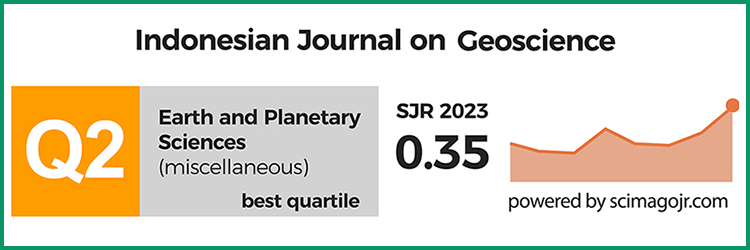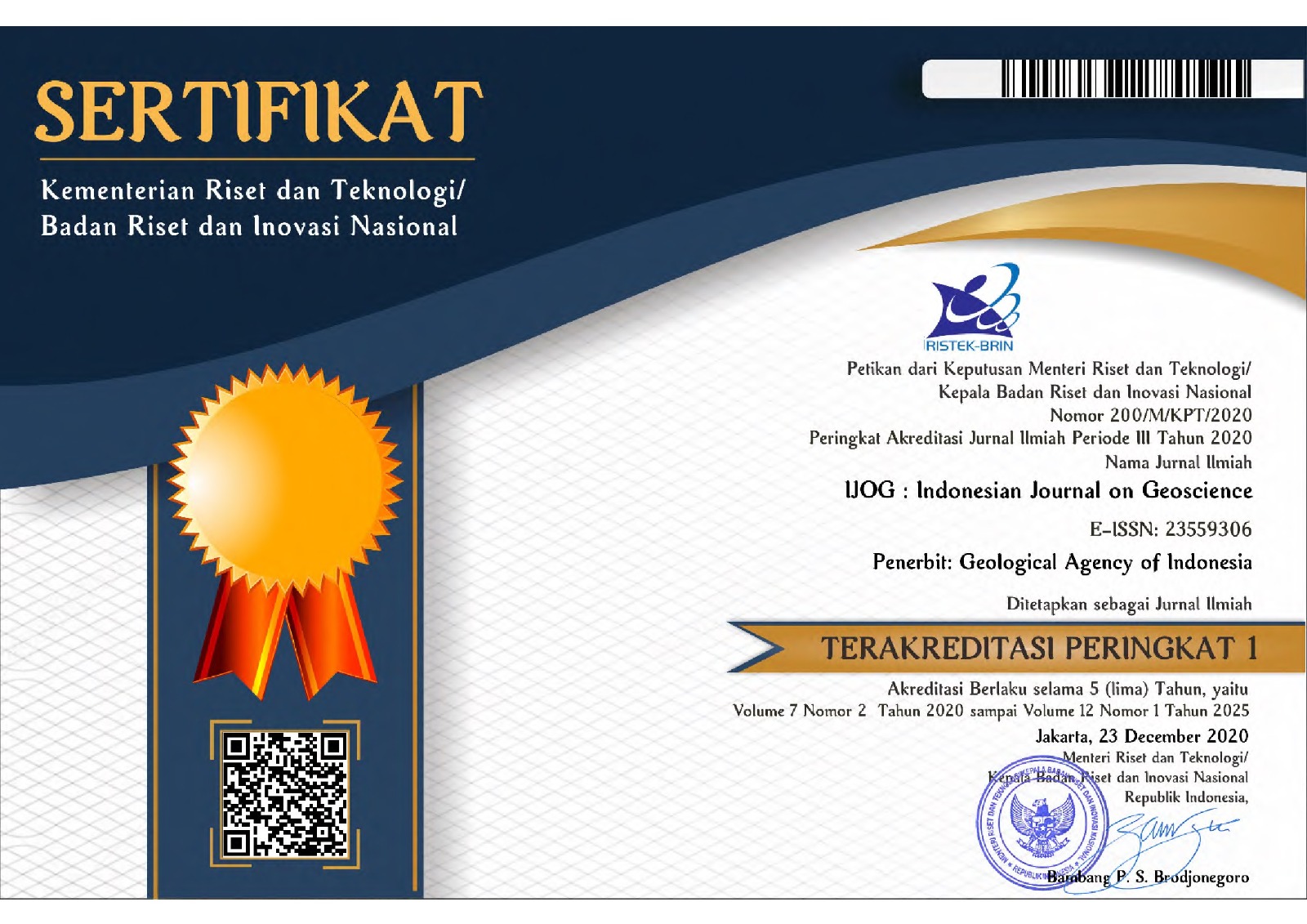The Use of Electrical Resistivity Tomography and Time Domain Electromagnetic Methods to Investigate the Superficial Deposits at Al al-Bayt University, Jordan as a Case Study
DOI:
https://doi.org/10.17014/ijog.9.3.355-369Keywords:
ERT, TDEM, Al al-Bayt University, Jordan.Abstract
DOI:10.17014/ijog.9.3.355-369
In this study, an integration of Electrical Resistivity Tomography (ERT) and Time-Domain Electromagnetic (TDEM) methods have been used to investigate the superficial deposit characterization at Al al-Bayt University area. ERT and TDEM results helped to delineate the subsurface geology, and to map soil and basalt flow thicknesses as well as subsurface geological structures. Superficial deposit thicknesses were found in the range of 9 to 16 m, whereas the underlying basalt flow thickness was found to vary from a few meters in the western part to more than 60 m in the most eastern part of the studied area. The ERT results permitted a subsurface lithology characterization of the upper 35 m below ground surface (mbgs), the soil/superficial deposit resistivity was found in the range of 5 ̶40 Ohm.m, and thickness within 12 ̶ 15 mbgs. The TDEM results permitted mapping and delineating the subsurface geology up to 80 m, and allowed mapping the main subsurface structures. The soil/superficial deposits have resistivity in the range of 10 to 90 Ohm.m and the thickness in the range of a few meters up to 15 m. The study recommends a detailed geophysical study before starting any type of geo-engineering construction.



















